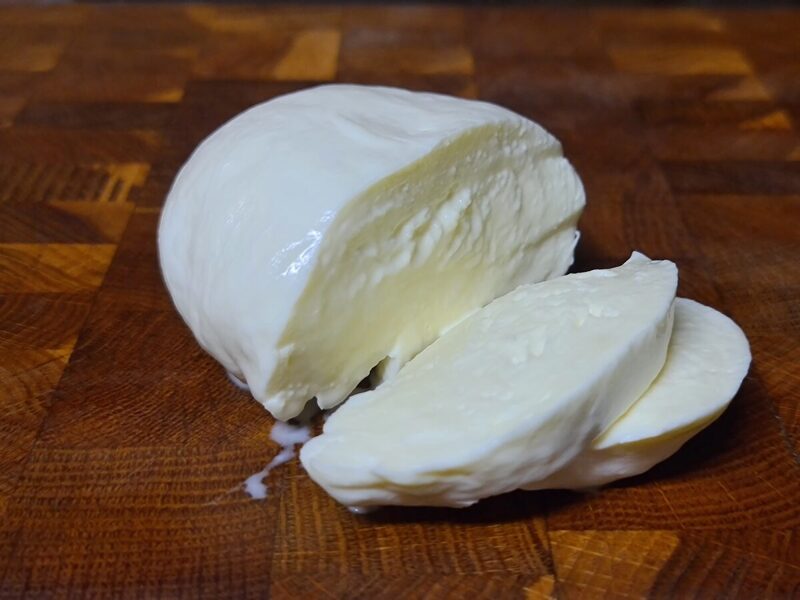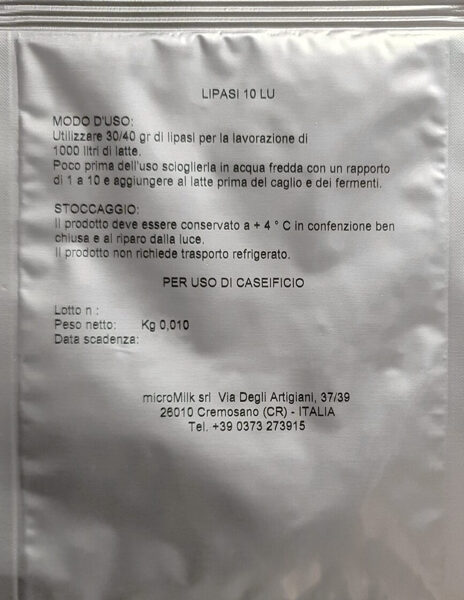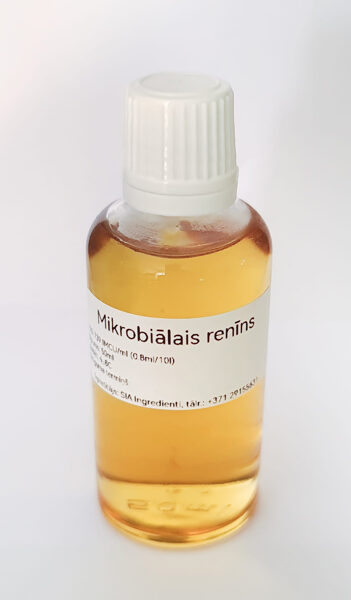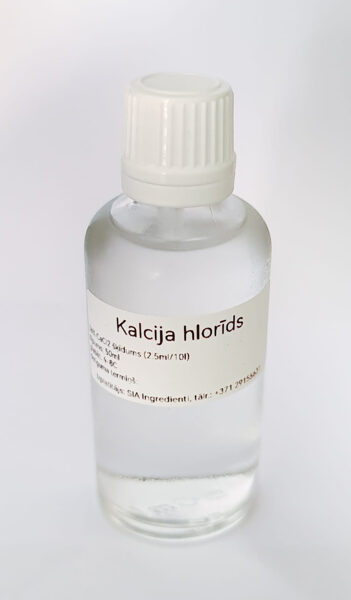Required:
- 10 liters of milk
- Micromilk T: 1gr or 0.3gr (0.1 dose), or Lactoferm M cheese culture: 1gr
- Lipase: 0.6gr (optional)
- Calcium chloride (CaCl2): 2.5-3ml
- Rennet: 1.5ml (strength 710 - 739 IMCU/ml)
- Annato (E160b): 8 drops (optional)
- Salt solution 18-20% (for salting)
Recipe
(The video has subtitles in several languages)
Preparing (1h 40min)
|
Processing (2h)
|
Pressing and salting (7h 45min + 10h)
|
* Freshly milked milk has bactericidal properties for a few hours, during the so-called bactericidal phase, when bacteria suppress reproduction. Cooling the milk prolongs the bactericidal phase. If the milk is obtained in strict compliance with sanitary regulations and rapidly cooled to +40 °C, the duration of the bactericidal phase is 24 hours and more. At the same temperature bactericidal phase period, impure milk has at least two to three times shorter temperature. The duration of the unrefrigerated milk phase is, on average, 2 hours.
(Source: http://www.ezerzeme.lv/lv/zinas/noderigi/5222/par-piena-kvalitati)
** The time of milk coagulation (thickening) depends on the quantity of calcium chloride and rennet. It can be adjusted for best coagulation time, which should ideally be 12 minutes. For instance, if the first time your milk has thickened after 20 minutes, then increase the next dose of enzyme.
*** During pressing, the cheese releases whey and also increases the level of acidity, which is an important regulatory process in bacteria. If you slightly increase this pressing time, then it will be easier to melt the cheese. Such cheese is perfect for hot buns or in pizza making. If the pressing time is too long, it will lose its elasticity and become fragile.
**** The salt solution can be prepared as follows: 1 liter of whey, 180 grams of salt (do not use iodized salt), 5–10 drops of calcium chloride, and 1 teaspoon vinegar It is recommended to purchase a hydrometer to determine the salt concentration in the solution, because after each salting, it returns the salt to the cheese.




